Estimated reading time: 7 minutes
It’s not uncommon for dog owners to notice their furry friend gulping dog food without proper chewing. This can be a potential risk for our pups, leading to issues such as choking or digestive blockages.
In this article, we’ll explore some effective strategies on how you can help your dog to eat slower and thoroughly chew its food for safer and healthier eating habits. Ready to make mealtime more beneficial for your buddy? Let’s dig in!
Key Takeaways
- Some dogs do not chew their food properly due to instinctual gulping, preference for certain textures, or digestive system issues. It’s important to address this behavior to prevent potential risks like choking or digestive blockages.
- Slow feeder food bowls are effective in encouraging dogs to chew their food by making it harder for them to gulp it down quickly. These bowls promote portion control and maintain a healthy weight for your dog.
- Feeding your dog in a calm environment without distractions can help encourage chewing. Speaking in a soothing tone while they eat can help them relax and focus on their food.
- Switching up the textures of your dog’s food, adding mix-ins like canned pumpkin or bone broth, or offering natural chews can make the food more appealing and promote chewing habits.
- Consulting with a vet is important if your dog continues to struggle with chewing his food as it may indicate an underlying health issue that needs attention.
Why Do Some Dogs Not Chew Their Food?
Instinctual gulping
Dogs gulp food fast. This is just part of their nature. They do this even when they are pets in a loving home. Puppies often swallow small kibble whole, and it’s not bad for them.
However, eating too fast can lead to problems like choking or gagging in dogs. Even with a slow feeder, some dogs might still not chew their food well.
Preference for certain food textures
Some dogs like hard food, others like wet food. These textures feel good to them. Dogs may also like big or small bites. The kibble shape is an important thing too.
If your dog does not chew his food properly, it could be because of the texture. Maybe your dog wants a different type of food altogether!
There may be a need to change from dry kibble to moistened chunks or soft, wet meals. Sometimes, such changes can make your dog want to eat slowly and savor their food more.
You should try different textures until you find the one that gets your dog to chew his food well. You might see that your pooch starts loving mealtime all over again! But always keep watching if they gulp down their whole meal without breaking down the bites in their mouth.
Digestive system issues
Dogs who gulp down food can face tummy problems. This includes throwing up or feeling sick. Also, if your dog eats things that it should not, it might get a blockage in his gut. This causes more stomach issues. Eating too fast harms dogs as much as eating the wrong stuff.
The Dangers of Not Chewing Food
Choking and gagging
When dogs don’t chew their food properly, they’re at risk of choking and gagging. This is especially true for dogs who eat too quickly without taking the time to chew. Choking on food can be a serious problem for dogs and may require immediate veterinary attention.
Inhaled pieces of food can get stuck in their throat, leading to difficulty breathing and swallowing. It’s essential to encourage your dog to slow down and chew their food thoroughly to avoid these risks.
Digestive issues and potential blockages
Digestive issues and potential blockages can be a serious problem for dogs. Intestinal blockages can happen when they eat something they shouldn’t have, like a toy or bone. This can cause their digestive system to get blocked, leading to discomfort, vomiting, and even surgery.
Dogs with underlying health conditions or those who chew non-food items may also experience digestive issues. It’s important to be aware of these risks and take steps to prevent them, such as keeping hazardous objects out of their reach and providing them with safe chewing options.
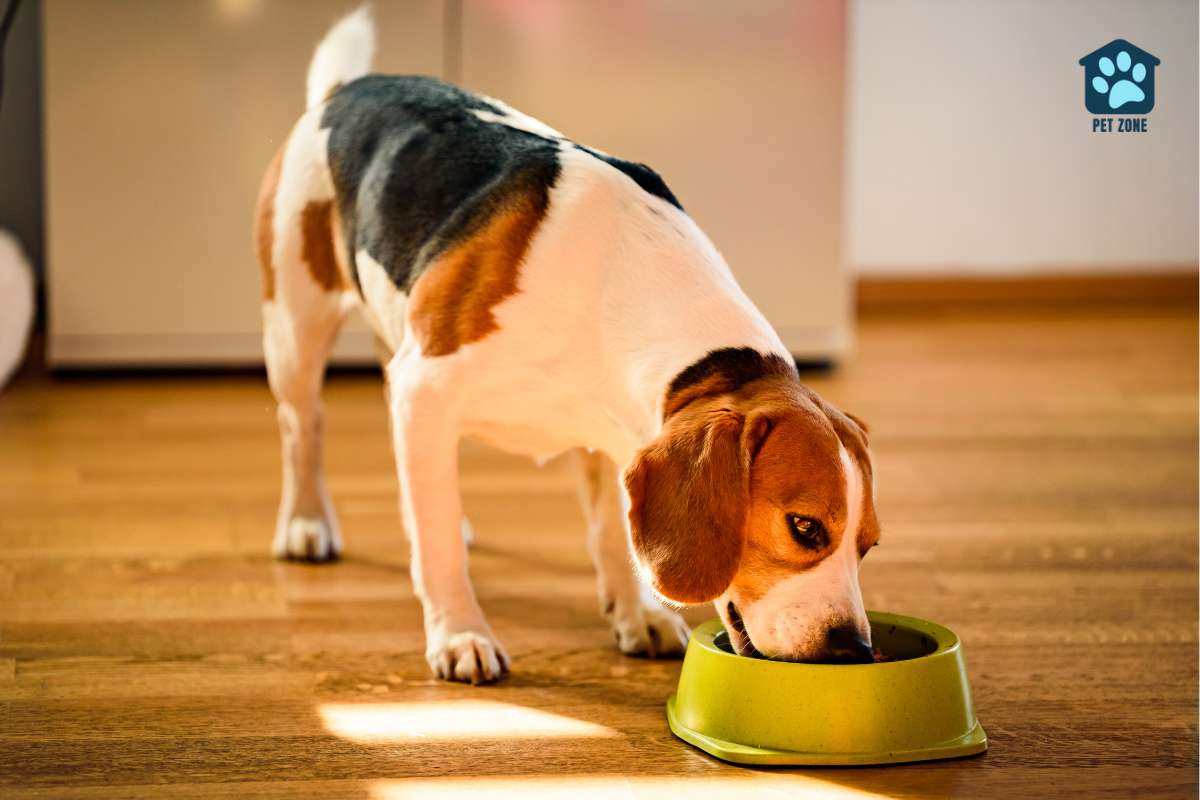
Tips to Encourage Your Dog to Chew His Food
To encourage your dog to chew his food, you can try using slow feeder bowls, feeding him in a calm environment, switching up food textures, and consulting with a vet about potential underlying issues.
Slow feeder bowls
Slow feeder bowls are a great tool to help your dog chew his food. These special bowls have unique designs that make it harder for dogs to gulp down their food quickly. They force dogs to take smaller bites and work harder to get the food, which slows down the eating process.
Maze-style slow feeder bowls have a 3D maze-like pattern that disperses the food, making dogs eat more slowly. By using a slow feeder bowl, you can reduce your dog’s eating speed and prevent choking.
It also promotes portion control and helps maintain a healthy weight for your furry friend. So, consider using a slow feeder bowl to encourage your dog to chew his food properly.
Feeding in a calm environment
To encourage your dog to chew his food, it’s important to create a calm environment during mealtime. Avoid distractions like loud noises or other animals around. Stand close to your dog and talk to them in a soothing tone while they eat.
This can help them feel relaxed and focused on their food, which may increase the likelihood of chewing. Remember, a calm atmosphere can go a long way in promoting healthy eating habits for your furry friend!
Switching up food textures
You can encourage your dog to chew his food by switching up the textures. Some dogs prefer crunchy kibble, which encourages them to chew rather than swallow their food whole. If your dog is picky, you can add tasty mix-ins like canned pumpkin or bone broth to make the food more appealing and encourage chewing.
Another option is to switch to natural chews, like bully sticks or raw bones, which are not only healthier for your dog but also provide a satisfying chewing experience. Additionally, hand feeding your dog can help slow down his eating habits and promote chewing.
By offering a variety of textures and engaging your dog’s senses, you can help him develop better eating habits and enjoy his meals more fully.
Consulting with a vet about potential underlying issues
If your dog doesn’t chew his food, it’s important to consult with a vet. This could be a sign of an underlying health issue that needs to be addressed. The vet can examine your dog and run tests to determine if there are any medical conditions that may be causing this behavior.
They can also provide guidance on the best course of action to help your dog start chewing his food properly. Remember, it’s better to be safe and seek professional advice from a veterinarian who specializes in pet health.
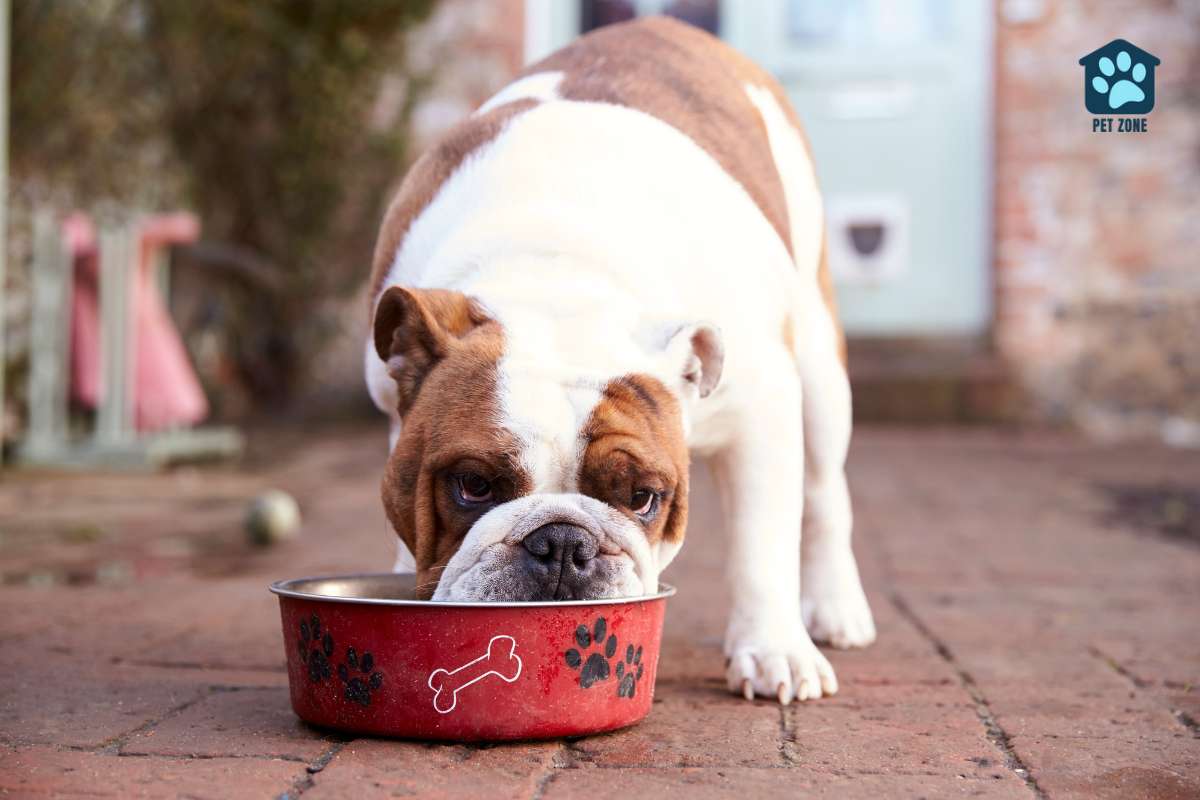
Conclusion
To ensure your dog chews his food properly, try using slow feeder bowls and feeding him in a calm environment. Switching up the textures of his food and consulting with a vet can also help.
Remember, it’s important for your dog’s health to encourage proper chewing habits.
Frequently Asked Questions
When a dog swallows food whole without chewing, it can lead to choking or issues with digestion.
You can slow down your dog’s eating by placing a single layer of food in the bowl. This will encourage them to pick up each piece of food.
Try moistening the dry food with water or switching to wet food so that they must chew before swallowing.
Yes! Dogs may swallow their food as quickly as possible when there are several dogs around, due to fear of fight for their meal.
Your pet might be having mouth pain or dental problem causing difficulty in breaking down foods, better take your dog to the vet and assure him about his safety while feeding.
There could be multiple reasons from competition over meals leading dogs gulp down foods; detect any changes in habits and relate causes through noticing patterns.
As an Amazon Associate I earn from qualifying purchases.
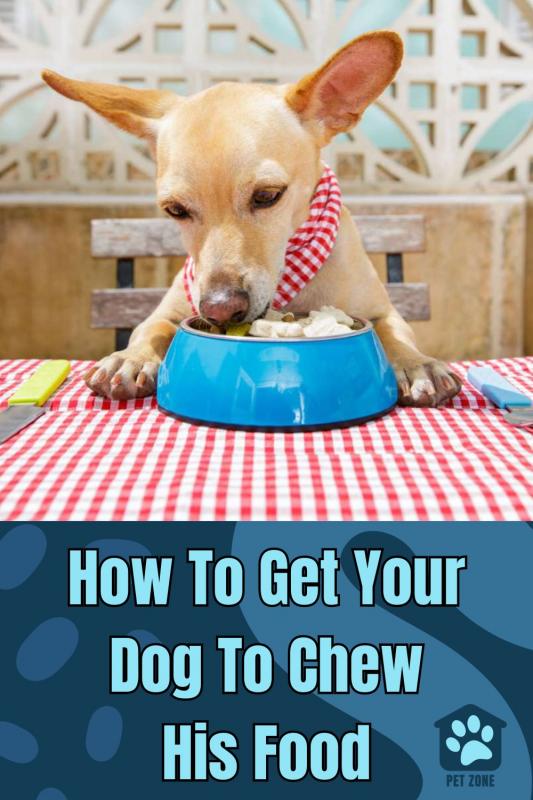


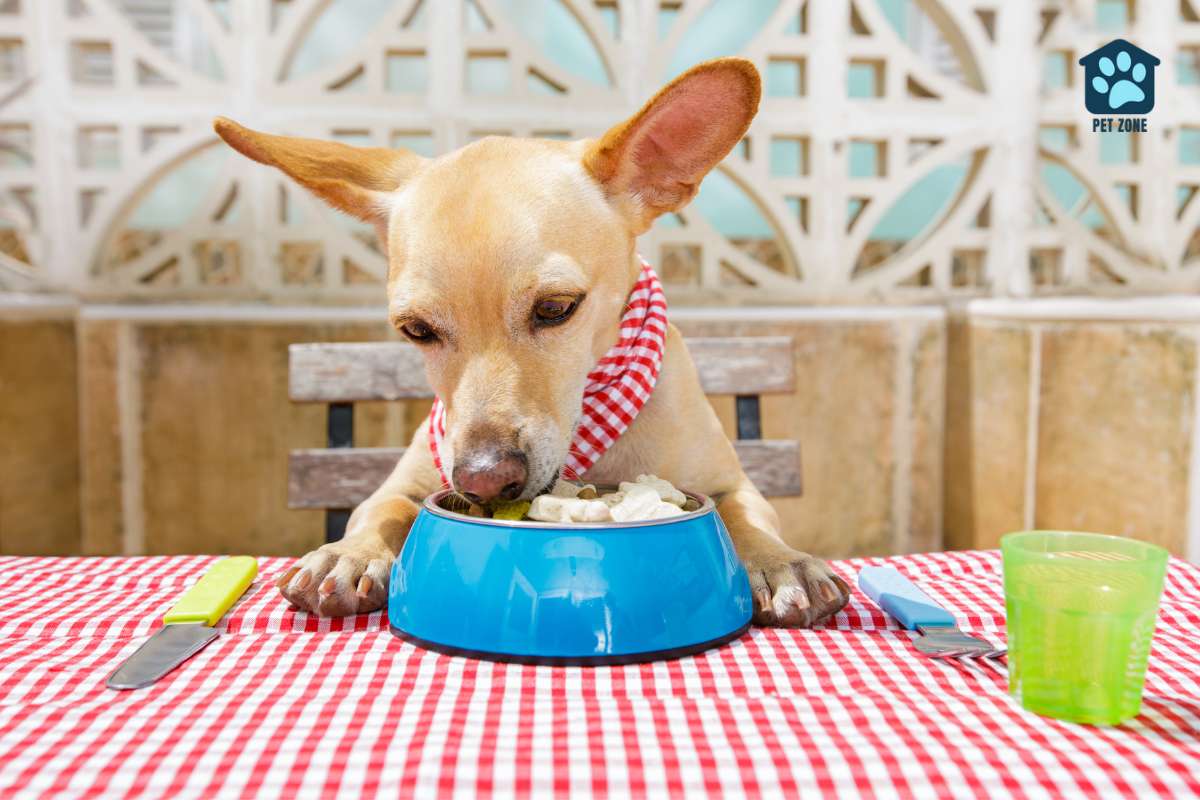
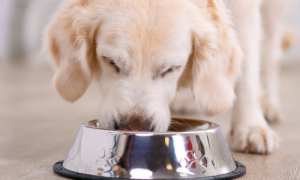
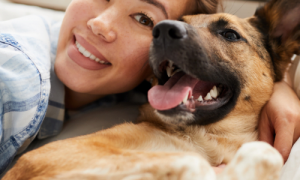
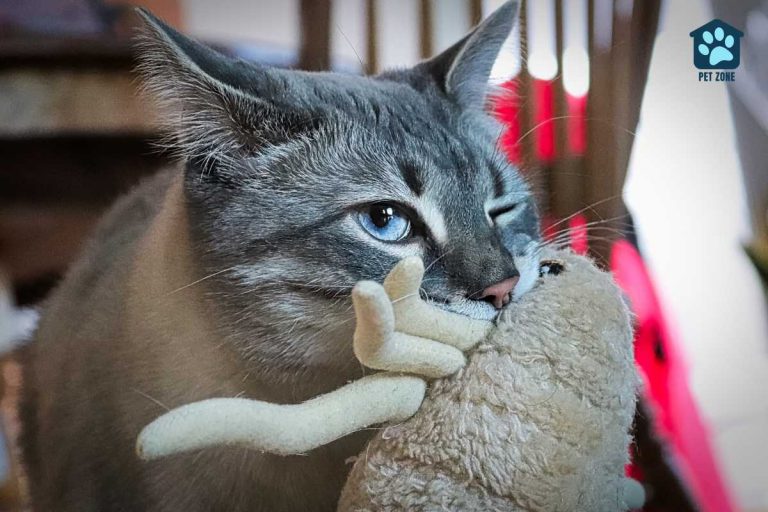
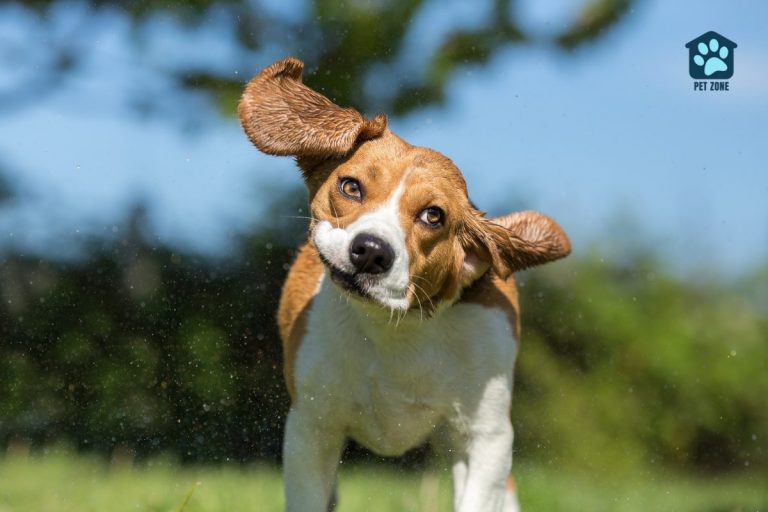
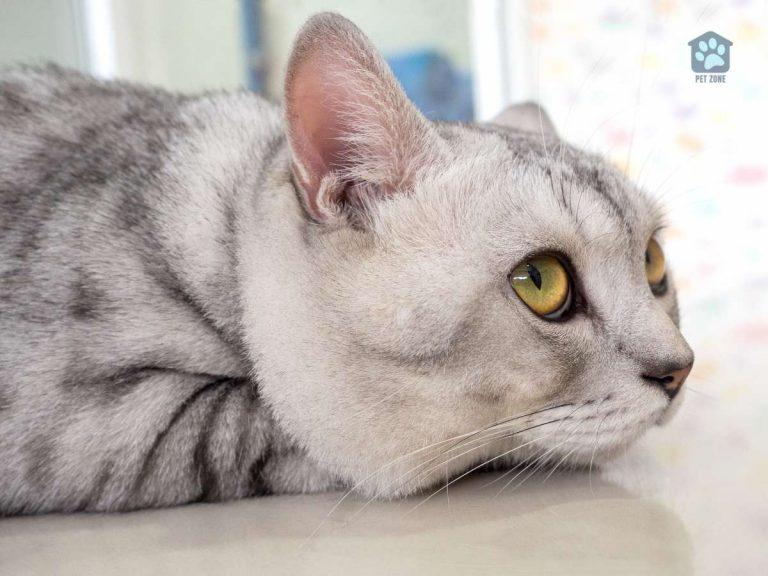
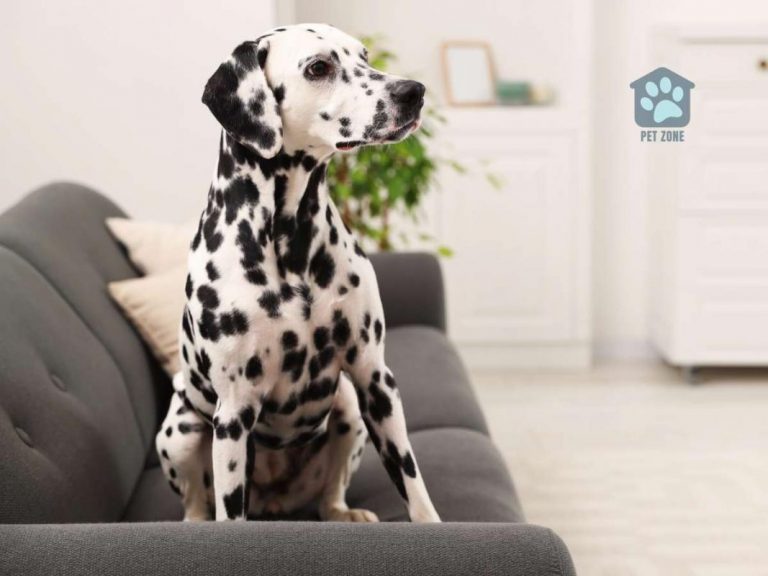
Great tips on slowing dogs down during mealtime. My Malinois was a crazy eater and gobbled up everything. I think he ate while it was coming from the feeding cup!